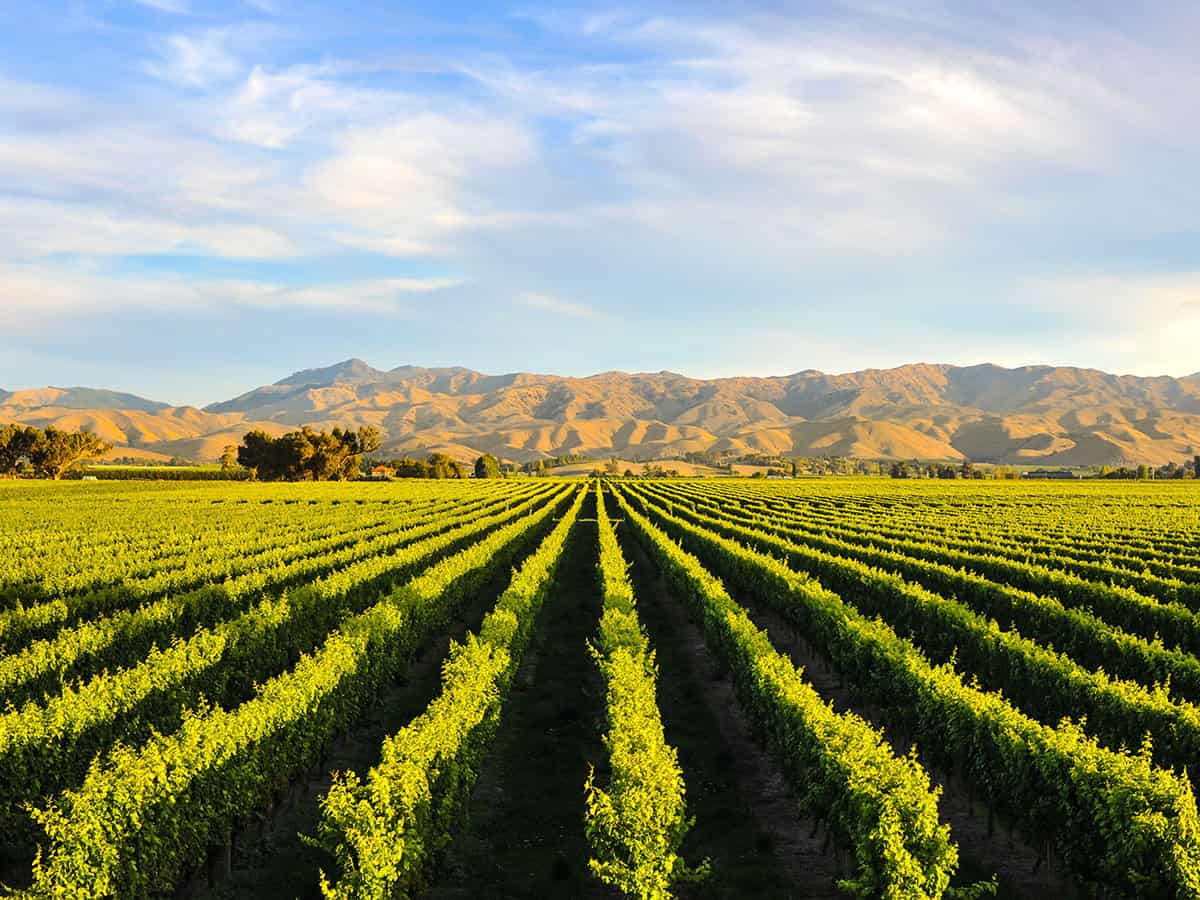
Water from the Red Sea flows in a three-mile-long manmade channel through the farm. First, it provides fresh-flowing water for shrimp tanks, then takes the effluent to tanks teeming with tilapia, a light-fleshed edible fish (whose skin can be made into leather goods). The effluent, twice enriched with the nutrients from the animal waste, then flows on, irrigating and fertilizing crops of salicornia, a speared, woody stemmed halophyte.
After researching more than 1,000 salt-tolerant plants, Hodges chose the salicornia, or sea asparagus, because of its market potential and its minimal environmental impact. The tips are a savory delight, but much of the crop’s value comes from its seeds, which can be ground into a high-protein meal or pressed into a quality cooking oil. After flowing through the fields, the river of water reaches manmade wetlands where thousands of indigenous mangroves and other native flora support wildlife including herons and flamingos. The water completes its journey by seeping into the soil and back to the sea.
Salt accumulation has ruined many agricultural areas, but here the groundwater is already salty, and the constant flow keeps the salt levels on par with local conditions. The accumulated nutrients from the animal wastes build up soil fertility, so that fewer artificial fertilizers are needed.
The farm’s goal – to feed an expanding population while minimizing impacts on the planet – has been met. The project has also produced significant revenue. Seawater Farms generated $10 million worth of shrimp, fish, and salicornia in 2001. When the farm is fully operational by 2005, it could generate 10 times that amount.
 U.S. Water News
U.S. Water News

